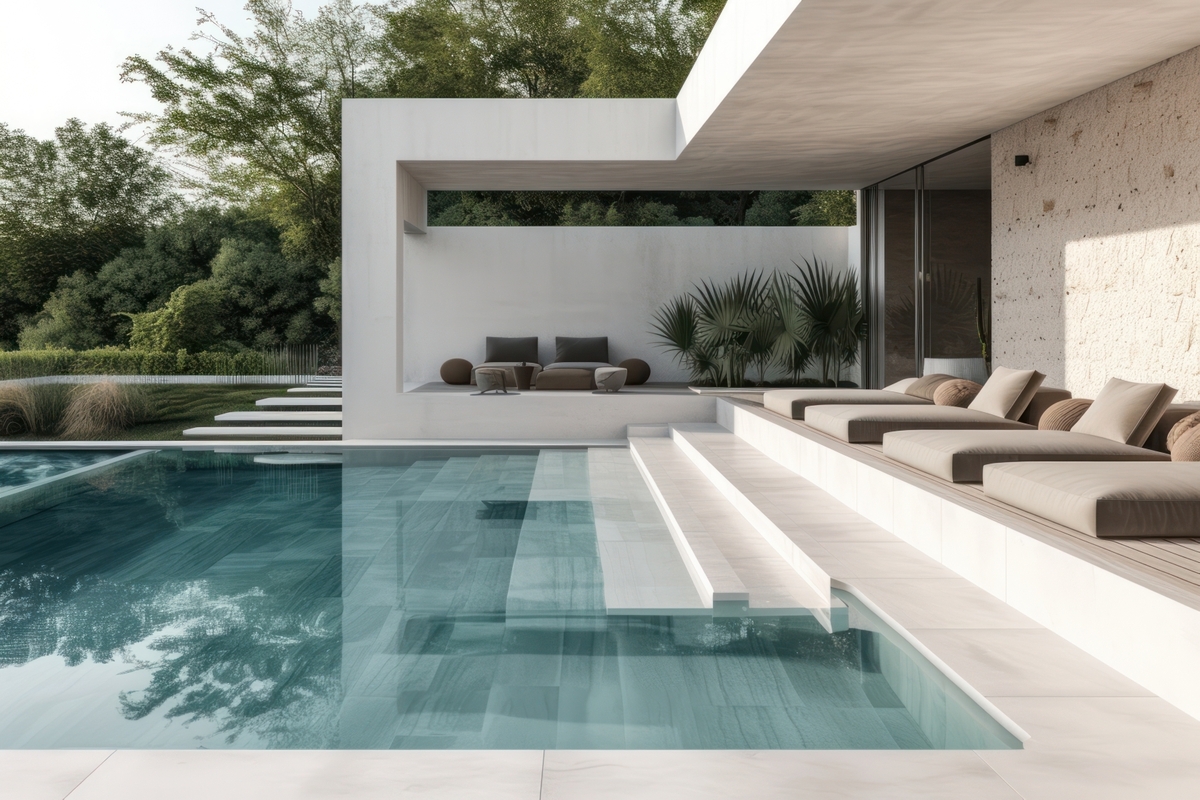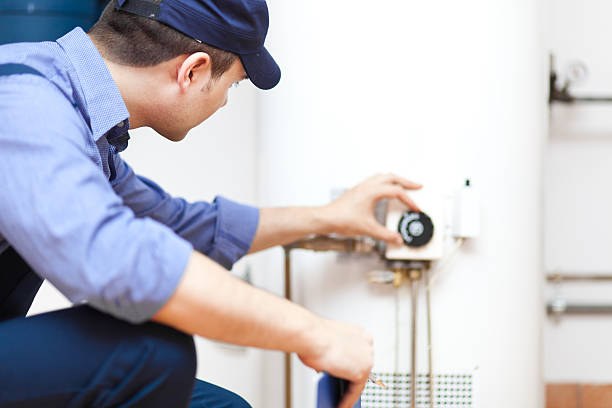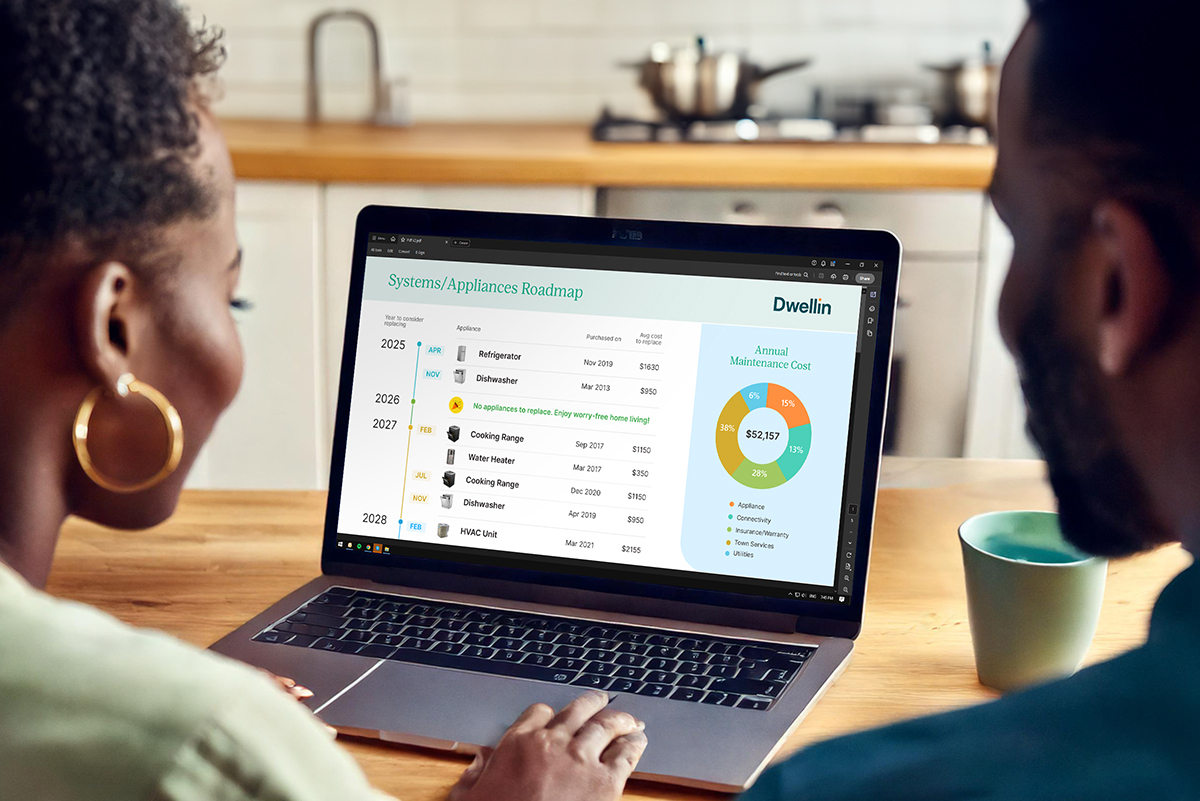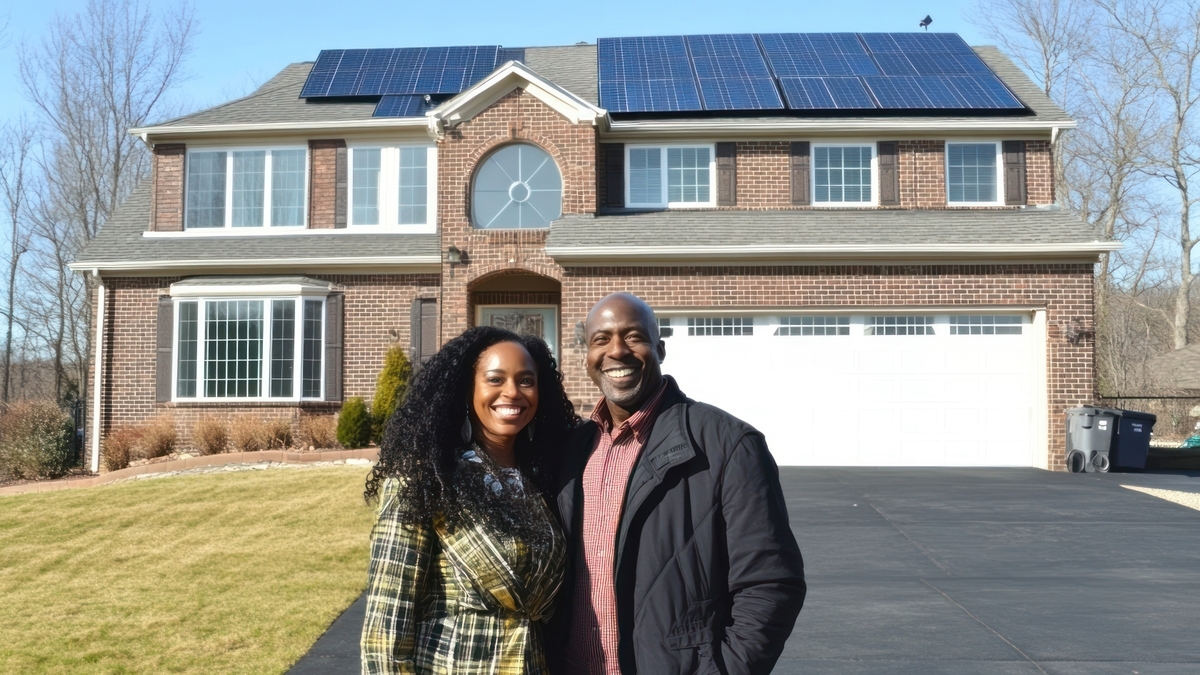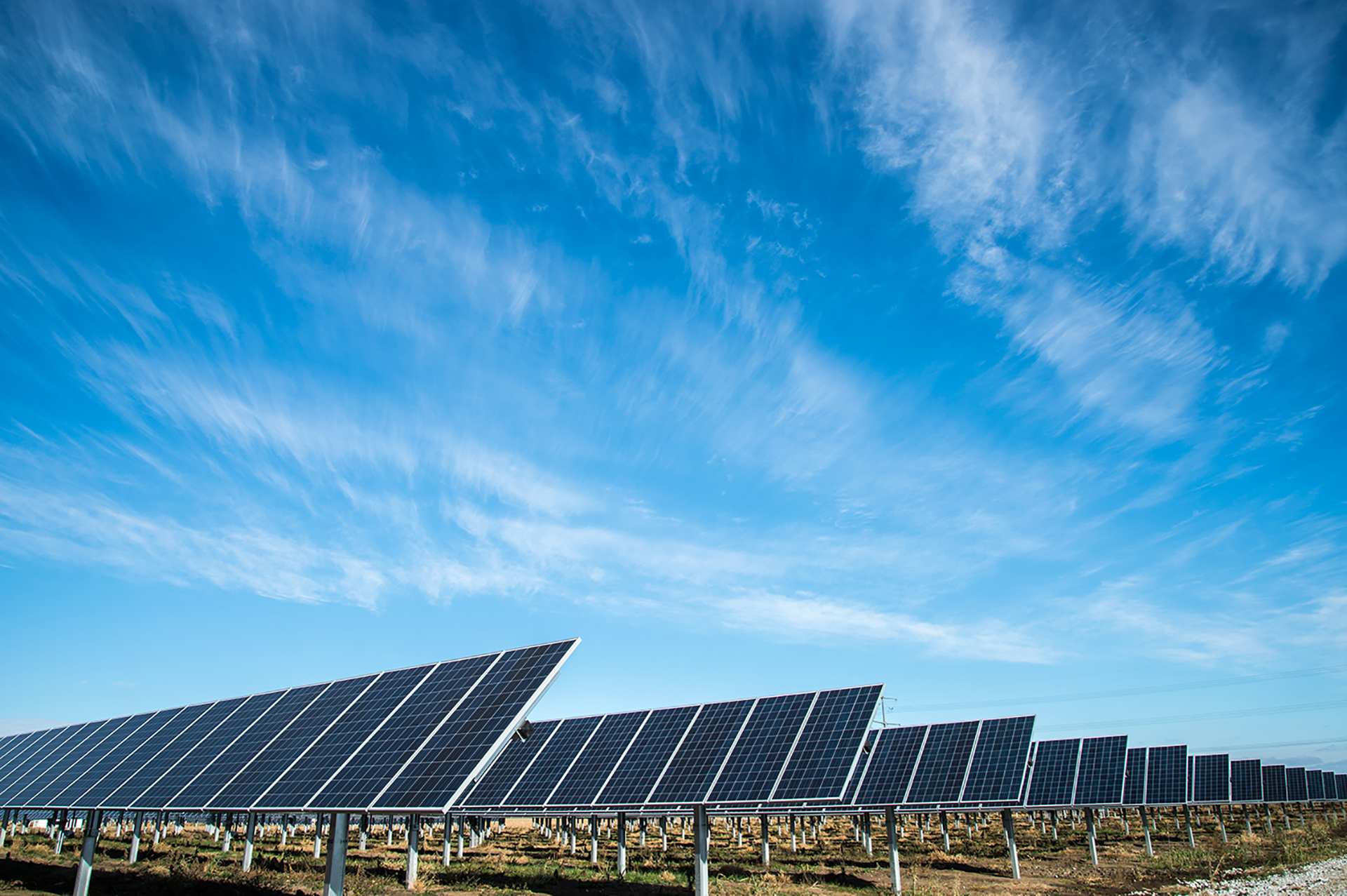HVAC Economizer Basics for Homeowners
4 minute read
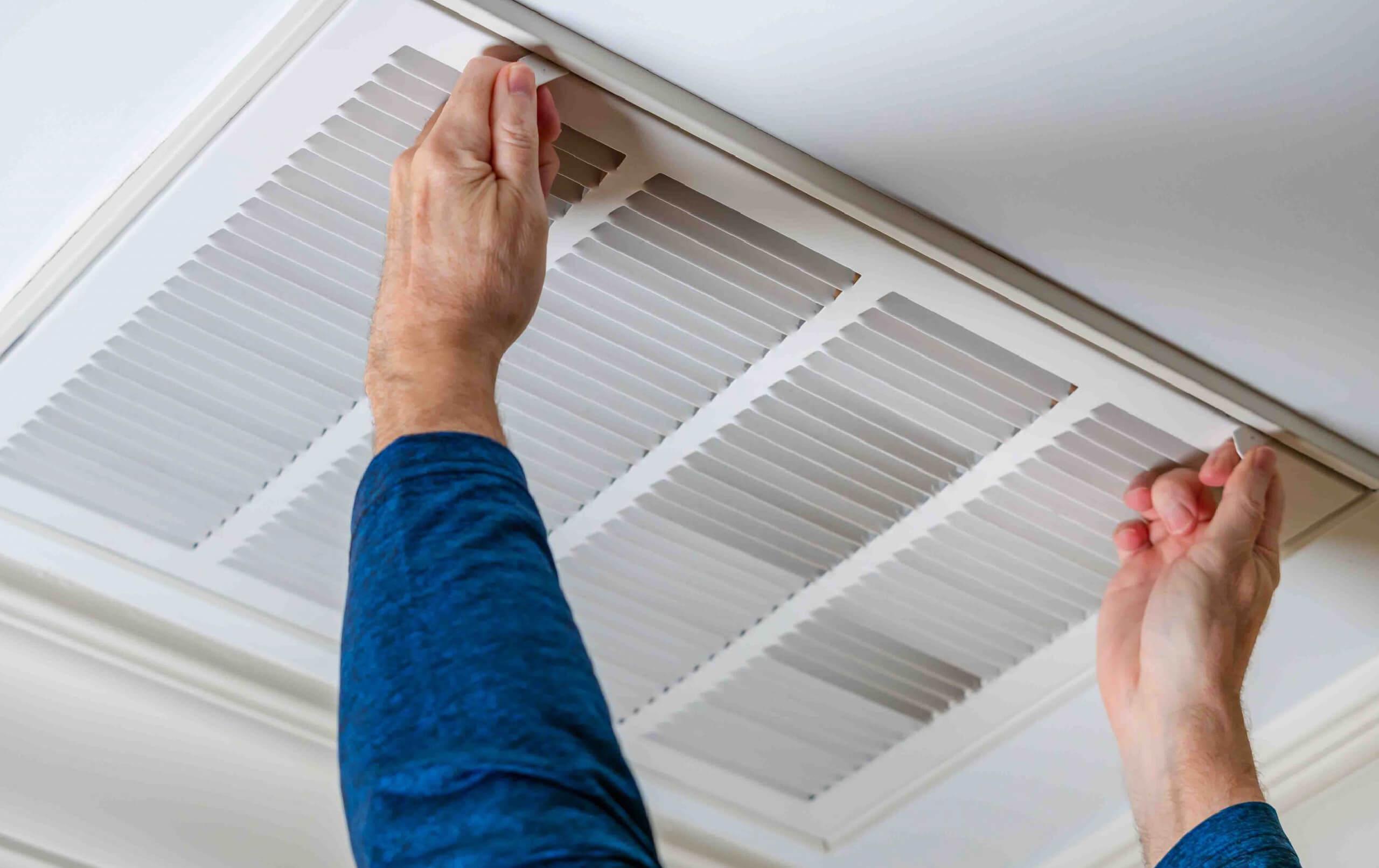
An HVAC unit is one of your home’s most essential systems. Apart from keeping your home’s temperature at optimal levels, it also helps maintain the airflow and quality inside. However, there is no denying that this system can drive up your energy bills through the roof, especially if you live in a larger than average home or have a particularly old HVAC unit.
A good option, in such cases, is to invest in a residential HVAC economizer. An economizer is an adjunct part that can be retrofitted to your existing HVAC system. It can maximize your HVAC’s efficiency and cut down your energy bills. But wait a minute, what is an economizer exactly? How does it work? Do you need it?
1. What is an HVAC Economizer?
Economizers, in this context, are mechanical devices that can be attached to an outdoor HVAC system. Generally, this device is made up of sensors, dampers, motorized actuators, an electronic controller, and linkages. It works best where weather conditions are dry and cool, ideally hot during the daytime and cooler at night.
An economizer unit can save you a pretty penny in terms of utility bills and lower the usage of your air conditioning unit by using a process called ‘free cooling.’
2. How does it work?
An economizer works continually to evaluate the humidity and temperature outside. When the temperature is low enough, it reduces the workload or use of the air-conditioning system by using filtered outside air (OSA) for cooling the inside of the building.
After identifying how much air is required to be let into the building, the economizer’s sensors send signals to the controller. The amount of air let in and out of the building is mechanically regulated by exhaust dampers.
Once the set temperature and humidity levels are met, the economizer’s actuator shuts down the dampers. The dampers also close up when the outdoor temperatures are too high. This is when the mechanical cooling process begins again.
Since this way of cooling doesn’t rely on your HVAC system, it can limit the use of mechanical cooling and, in turn, makes your home more energy-efficient.
3. Different types of economizers
While all economizers function following the same principles, the ones listed below have different sensors.
Single Enthalpy or Wet Bulb Economizer
This type of economizer uses a sensor that assesses the humidity and temperature outside. If these levels are low enough, the outside air will be pulled in to cool the building.
Dry Bulb Economizer
The sensors used by this type of economizer only evaluate the outside temperature and not the humidity levels. The sensor is set to let in outside air when the external temperature hits below a certain fixed point, and the system recognizes a need to cool the building.
Dry bulb economizers are relatively cheap and easy to maintain, but as they cannot detect humidity levels, using them may involve some degree of discomfort.
Differential or Dual Enthalpy Economizer
This economizer works to scan and see if the outside air matches the set cooling requirements. For this, it uses two sensors, one to measure the enthalpy(1) of the returning air and the second one to assess the enthalpy of the outside air.
Also, the dampers of this type of economizer are adjusted to achieve the most efficient and lowest enthalpy used for cooling.
Integrated Differential Enthalpy Economizer
Similar to the dual or differential enthalpy economizer in the way it functions, the integrated differential enthalpy economizer is different in the sense that it can connect and communicate with a multi-stage thermostat inside the building.
4. How much does a residential economizer cost?
A smaller residential economizer can put you back somewhere around $900, while larger units can cost around tens of thousands of dollars. However, the eventual savings can warrant spending the amount.
5. Benefits of an HVAC economizer
Installing an HVAC economizer in your home can offer you many benefits. Some of them are –
Reduces Energy Consumption
When you install an economizer, it’ll reduce the run time of your AC unit. Your home will be cooled by the outside air pulled in by the economizer. Under optimum conditions, you can save up to 60% on your monthly energy bills.
Extends HVAC Lifespan
Since using an economizer significantly cuts down on the use of your cooling system, the compressor and other important parts of your HVAC won’t experience wear and tear as much. This means lesser maintenance, fewer repairs, and an extended lifespan.
Enhances Air Quality
An economizer frequently recirculates the air inside a building. It brings in fresh air from outside to replenish oxygen levels and also filters any contaminants to ensure ideal air quality inside your home.
6. HVAC economizer maintenance
Regular and preventative maintenance is key to making your HVAC system last. Consider taking up the tasks listed below to achieve this –
- Cleaning the system regularly
- Replacing any worn-out parts or components
- Conducting pre-season HVAC tune-ups
- Changing air filters twice a year
7. Are HVAC economizers for you?
If you want to maximize your HVAC’s efficiency, then yes. Investing in an economizer will help your home become more energy-efficient and also help you save up on utility costs.

